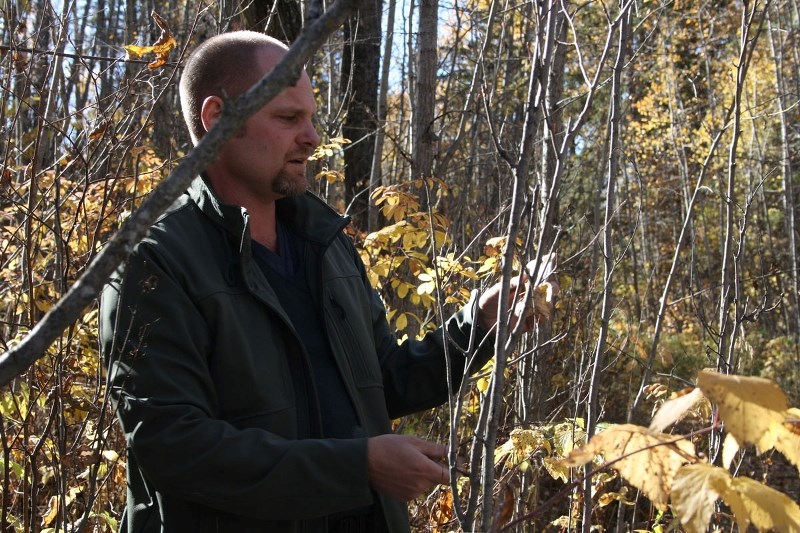Why pay for food when you can find it growing wild in your backyard or nearby park?
While you wouldn’t find enough grub to feed the family, there are many good-for-you greens and several mushroom varieties that call the St. Albert area home, providing tasty fare and offering health/medicinal benefits – that’s according to local foraging expert Eric Whitehead. But while these foods may be abundant and free, there’s one trick: you’ve got to know what you’re looking for.
British Columbia-native Whitehead, who co-owns the St. Albert-based company Untamed Feast, sells his own line of dried mushrooms, wild rice and seaweed products online and at the St. Albert Farmers’ Market. But the affable foraging enthusiast also likes to help those who want to get out into the bush and help themselves.
“It’s not unsafe to pick wild mushrooms, but it takes time to learn to identify the safe ones. Go online, look at pictures and become familiar – then once you have that knowledge, you’re good,” said Whitehead. “I tell people to text me or send me a picture of the mushroom, and I’ll help them identify it.”
The passionate businessman took aspiring novice foragers on a quick tour of the woods near The Enjoy Centre as part of last weekend’s Dig In Festival, where he quickly spotted stinging nettle, fiddlehead (Ostrich) ferns and Labrador tea, “which grows in every bog in Alberta,” he said. The nettle and Labrador tea are both said to have sedative qualities, and both make a lovely tea, according to Whitehead. As for the fiddleheads, a Maritime staple, the tender green (an early spring growth of the Ostrich and other types of ferns) is favoured blanched or boiled with a bit of butter and garlic.
“You should eat wild food because it’s free, fun and full of flavour,” Whitehead said. “And wild food is full of medicine – plants, herbs, mushrooms, sea weed – why not eat your medicine?”
New St. Albert resident Christine Baluk said she grew up in Saskatchewan, picking morel mushrooms by the garbage bag-full. “I took them for granted – they grew everywhere. But I don’t know where to find them here,” Baluk said.
With an estimated 24,000 species of wild mushrooms in Alberta, said Whitehead, morels should be easier to find (in fact, he said they grow best in new growth area in the year immediately following a forest fire). But in St. Albert, it’s the fairy ring mushroom that is prolific, found in “just about every park and backyard tree stump in the city.”
“I walk the street with my kid in Lacombe Park and pick them by the side of the road,” he said. “You’ll see them around Seven Hills and wherever there are rings of dark grass, and then dead grass – that’s how fairy rings grow.” Whitehead said the fairy ring is the most prized wild mushroom in France, but here? “Just pick a park in St. Albert that’s full of grass.”
Back at The Enjoy Centre, Jim Hole said he knows the fields around the property are full of horseradish too. “They’re a weed, they grow wild – you can’t get rid of them,” he said.
WHEN TO PICK?
While Whitehead cautions to always be sure of the variety when picking mushrooms, he said most herbs, greens and mushrooms grow abundantly in the summer months. “It’s good to spot patches now, and then you’ll know where to return next year to harvest the wild offerings. Even if you eat wild food once a week, the health benefits are there for the taking.”



